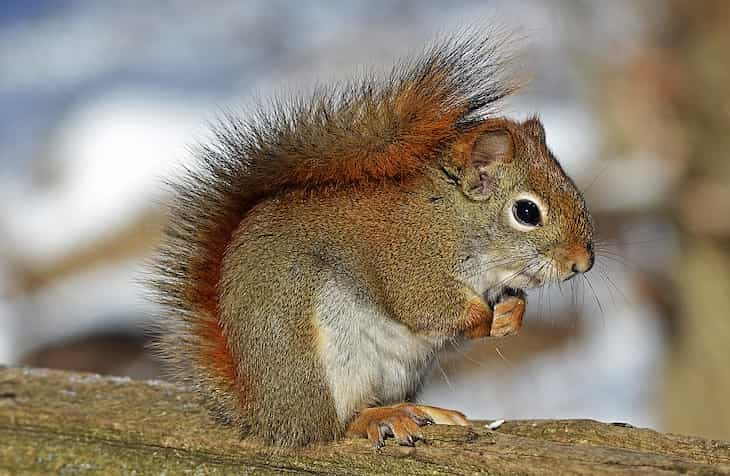While some animals tend to change their teeth to permanent ones just once, other animals have different adaptations to survive.
For instance, some animals like rodents have their teeth growing all their life – but why?
Let's find out more about this curious mechanism.
Continuous Growth Mechanism
Rodents have evolved with teeth that exhibit continuous growth, which means their teeth keep growing, and this process is ongoing throughout their lifespan.
This characteristic is especially advantageous for these animals in maintaining dental health without the need for external interventions.

Natural Dental Maintenance
The constant growth of their teeth serves as a built-in dental maintenance system.
To prevent their teeth from becoming too long, these animals engage in regular chewing and gnawing activities.
Chewing Habits
Rodents use their ever-growing teeth for various purposes, including breaking down food, gnawing on hard materials, and constructing nests or shelters.
This chewing behavior helps wear down their teeth naturally, ensuring they remain at an appropriate length and shape.
No Need for Dental Visits
Unlike humans who require dental check-ups and interventions to manage tooth health, these rodents inherently take care of their dental needs through their natural chewing behaviors.
There is no need for external dental care as the animals instinctively maintain their teeth through constant activity.
Examples of Animals
Common examples of animals with continuously growing teeth include rodents like mice and rats, as well as larger rodents like beavers.
These animals rely on their dental structure for various aspects of their survival, including foraging, building, and defending themselves.
Previously, we talked about merino wool.









